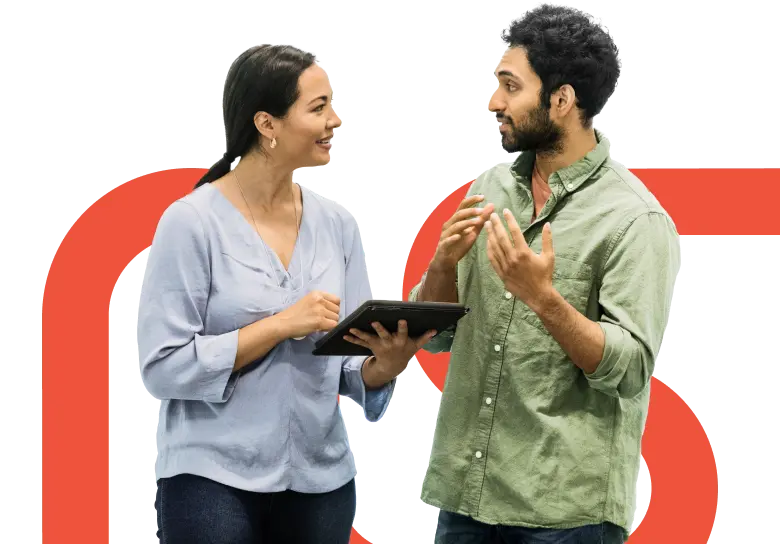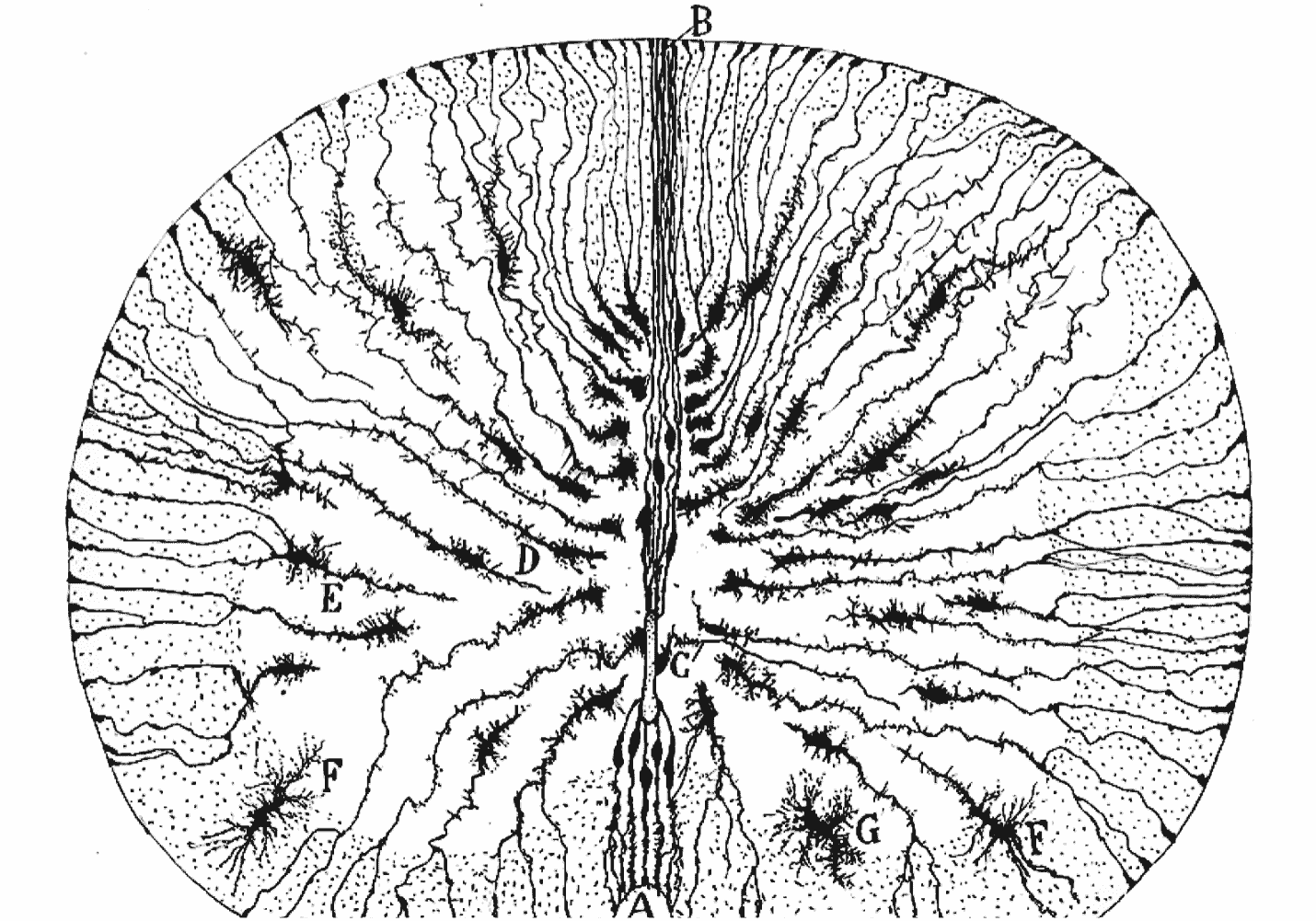Advancing Academic Discoveries in Neuroscience. Together.
The SPARK NS Translational Research Program eliminates barriers to success.

We fill gaps in knowledge and know-how
We bring academic researchers together to learn from their peers and industry experts and put aside competing interests for the benefit of patients.
OurProgram
All the resources you need
Our program helps academic principal investigators advance therapeutic discoveries at any stage between target identification and entry into clinical trials.
OurProgramFunding
Up to $2,000,0001,2 over two years
Education
Training and skills development
Mentorship
75+ industry expert advisors
Networking
Opportunities and introductions
A model that works
The SPARK NS program uses a translational research model with an unprecedented 50%3 success rate developed, refined, and used since 2006.
OurProgram
Introducing SPARK NS News + Insights!
You're invited to check out SPARK NS News + Insights, a new resource for autism and Parkinson's disease academic researchers and anyone else interested in drug development seeking practical guidance and expert perspectives on how to advance discoveries from the lab to patients.
Learn more- 1.
Not all funds awarded go directly to PIs’ laboratories. For example, work done by vetted research organizations or academic research facilities will be paid for by SPARK NS directly to the organizations from awarded funds.
- 2.
SPARK NS does not claim ownership of any IP rights or take a financial stake in commercial products developed during or prior to the program.
- 3.
Kim, J.S., Kargotich, S., Lee, S.H. et al. SPARKing academic technologies across the valley of death. Nature Biotechnology 42, 339–342 (2024).